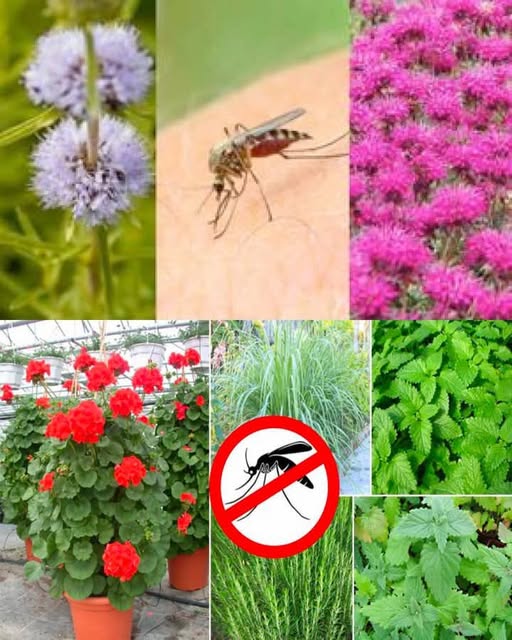Naturally Repel Pests: 10 Plants to Keep Insects at Bay ![]()
Keep your home pest-free naturally with the power of plants! Instead of relying solely on chemical sprays, consider adding these 10 insect-repelling plants to your living space. They not only add beauty but also help deter spiders, ants, flies, and mosquitoes.
10 Natural Insect Repellents for Your Home ![]()
These plants offer a natural defense against common household pests:
1. Lavender (Lavandula): This fragrant herb repels moths, fleas, flies, and mosquitoes. Its beautiful purple blooms also add a touch of color and calming fragrance to your home.
2. Peppermint (Mentha piperita): The strong scent of peppermint effectively deters ants, flies, mosquitoes, and even mice. It’s easy to grow in pots both indoors and outdoors, but be mindful that it can spread quickly in garden beds.
3. Basil (Ocimum basilicum): This culinary herb repels flies and mosquitoes. Placing pots of basil near windows and doorways creates a natural barrier against these annoying insects.
4. Lemongrass (Cymbopogon citratus): This citrusy grass contains citronella, a well-known mosquito repellent. It thrives in warm climates and can be grown in pots or directly in the garden. It requires plenty of sunlight.
5. Rosemary (Salvia rosmarinus): This fragrant herb repels mosquitoes, cabbage moths, and bean beetles. It’s drought-tolerant and relatively easy to care for, making it a great addition to herb gardens or container plantings.
6. Marigolds (Tagetes): These vibrant, colorful flowers repel nematodes (microscopic worms in the soil), mosquitoes, and other garden pests. They’re easy to grow and add a cheerful touch to any space.
7. Chrysanthemums (Mums) (Chrysanthemum): These popular flowers contain pyrethrum, a natural insecticide that repels fleas, ticks, lice, ants, and other insects. They’re often used in natural insect sprays.
8. Citronella Geranium (Pelargonium citrosum): This geranium variety has a strong citrus scent reminiscent of citronella, effectively repelling mosquitoes. Crushing the leaves can release even more of the scent, but avoid direct skin contact for some individuals with sensitive skin.
9. Mint (Various Varieties) (Mentha spp.): Similar to peppermint, other mint varieties like spearmint and pennyroyal also deter ants, flies, and mosquitoes. It’s important to grow mint in containers to prevent it from spreading aggressively in the garden.
10. Catnip (Nepeta cataria): While known for attracting cats, catnip also repels mosquitoes, cockroaches, and termites. It’s easy to grow and can be quite prolific, so consider planting it in a contained area.
Tips for Maximizing Their Repelling Power ![]()
To get the most out of your insect-repelling plants:
1. Strategic Placement: Place the plants near windows, doors, patios, and other entry points to create a natural barrier against insects entering your home. Planting them near outdoor seating areas can also help create a more pleasant environment.
2. Crushing Leaves (With Caution): Gently crushing the leaves of some plants, such as mint, basil, and citronella geranium, can release their aromatic oils and enhance their repelling effect. However, avoid excessive crushing, as this can damage the plant. Test on a small area of skin before rubbing crushed leaves directly on your skin to check for sensitivity.
3. Combination Planting: Planting several different insect-repelling plants together can create a more effective and diverse natural defense system.
By incorporating these plants into your home and garden, you can create a more enjoyable and pest-free environment naturally! ![]()
